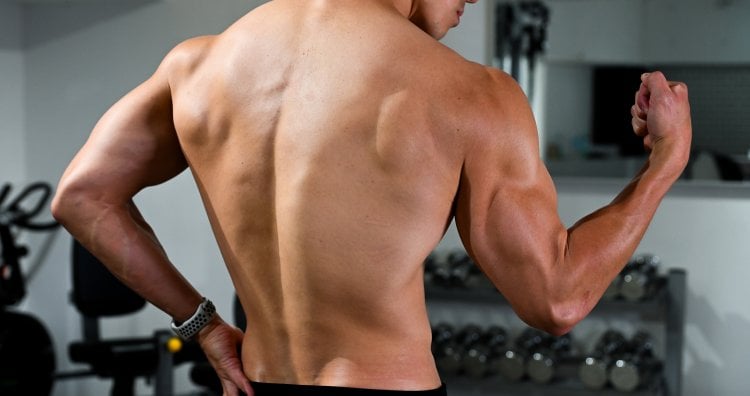
In this issue, personal trainer Yasuyama Matsuura lectures on dumbbell training to create a wide and dependable back!
In 2016, he began working as a trainer as a member of Beyond Gym’s start-up staff. Served as store manager of the Horie store in Osaka, Japan; in 2017, he reached the pinnacle in the Mr. Japan contest, after which he went independent. In October 2022, he founded Waffle Gym in Tachikawa, Tokyo. He is always ready to propose muscle training menus that meet the needs of customers.
Suponsered by
What are the main muscles of the back?
One of the five principles of training is the “Principle of Consciousness,” which states that understanding the meaning and effects of training and the part of the body being trained will further enhance its effectiveness. Before training, let’s first understand the major muscles of the back.
The main muscles of the back (1) “broad back muscles
The vastus medialis, the muscle with the largest area in the upper body, is the muscle that connects the center of the back to the armpits. A body with a well-developed latissimus dorsi muscle looks inverted triangle when viewed from behind and makes the waist look slimmer, so it is absolutely essential to train this muscle if you want to improve your style. The upper part of the broad back muscles can be divided into upper and lower parts. The upper part can be trained by closing the armpits and the lower part by pulling the upper arms backward. As a beginner, you do not need to be conscious of the upper and lower back muscles, but if you have an ideal body shape in mind, you should choose an exercise that will definitely train your target area.
Major back muscles (2) “trapezius”
The trapezius muscle is an outer muscle that connects the upper back to the neck. Since it is a muscle that is mainly used to move the neck and shoulder blades, training it will not only increase its thickness, but also improve posture and relieve stiff neck and shoulders. It is also important to remember that the trapezius muscle is divided into three separate parts. The upper part works by shrugging the shoulders, the middle part by pulling the shoulder blades together, and the lower part by lowering the shoulder blades.
The main muscles of the back (3) “erector spinae
The erector spinae muscles, which play the role of erecting the spinal column, is the collective name for three muscles in the back: the iliocostal muscles, the longissimus dorsi, and the erector spinae muscles. Training the erector spinae muscles is essential for good posture and a good back appearance. They also contribute greatly to the improvement of hunchback, so those who want to improve their posture should definitely train these muscles.
Here are 7 back muscle training exercises using dumbbells! Don’t miss tips on how to make them work!
Personal trainer Yasuzan Matsuura recommends the following back strength training routines using dumbbells.
Dumbbell Deadlift
Hold dumbbells in both hands and spread your feet shoulder-width apart. Bend your knees and lower your upper body while pulling your hips back and tilting your pelvis forward so that your lower back is not rounded. Stop when the dumbbells reach the shin area and raise the upper body in the same direction. Repeat for 3 sets of 10 times.
Dumbbell Topside Deadlift
Hold dumbbells in each hand and spread your feet shoulder-width apart. Bend your knees lightly and roll your upper body down while pulling your hips back while tilting your pelvis forward so that your lower back is not rounded. At this point, it is best to move the dumbbells in line with the body. Repeat for 3 sets of 10 times.
Bent-over row [ lower back ].
Hold dumbbells in both hands and spread your feet shoulder-width apart. Bend your knees while keeping your back straight and start by bending your upper body until it is parallel to the floor. While keeping your chest out and your arms tight, pull the dumbbells up with your elbows touching each other behind your back. When lowering the dumbbells, do so slowly and with a controlled stretch. Repeat 10-15 times.
Bent-over rows [ upper back ].
Hold dumbbells in both hands and spread your feet about shoulder-width apart. Bend your knees with your back straight and start when your upper body bends down until it is parallel to the floor. After stretching your chest, tense your elbows and pull the dumbbells up to the sides of your chest while pulling your shoulder blades together. When lowering the dumbbells, do so slowly with control and stretching. Repeat 10-15 times.
One-Hand Row
Hold a dumbbell in one hand and spread your feet about shoulder-width apart. Keep your other hand on your knee, bend your knee while keeping your back straight, and start by bending your upper body until it is just parallel to the floor. Keeping the chest up and the sides tight, pull the elbows back in a wide motion. When lowering, be aware of a controlled, slow movement. Repeat for 3 sets of 10~15 times.
Reverse Fly
Hold dumbbells in each hand and spread your feet about shoulder-width apart. Keeping your back straight, bend your knees lightly, pull your hips back, and roll your upper body down until it is parallel to the floor. With elbows lightly bent, raise the dumbbells in a semicircle. The key is to keep your shoulder blades together while doing so. When lowering the dumbbells, do not relax, but slowly feel the stretch in your muscles. Repeat for 3 sets of 10-15 times.
Renegade Row.
Hold dumbbells in each hand and get to the floor about shoulder-width apart. Extend your legs backward to form a straight line from your head to your calf, similar to a push-up position. Keeping this position, raise one hand straight up and slowly lower it. Repeat alternately on both sides. Perform 3 sets of 20 to 30 repetitions with both hands.
Dumbbells are recommended for home training!
Finally, we recommend dumbbells, which are essential for the training we have introduced.
Dumbbell Recommendation #1: “Umi Dumbbell Set”
This simple dumbbell set is developed by Amazon brand ” Umi “. They are coated with neoprene material, which makes them water resistant and durable. The coating also has fine bumps to prevent slipping even when sweating.
Click here for details and purchase
Dumbbell Recommendation #2: “Wout Dumbbells that can also be used as barbells.”
If you want to handle high weights for deadlifts or bent-over rows, you can use a barbell rather than dumbbells! When you want to handle high weights for deadlifts and bent-over rows, you should use barbells rather than dumbbells. In such cases, it is useful to have dumbbells that can also be used as barbells. With a simple setup, they can be converted into barbells, and the range of your training can be expanded, making them ideal for improving the quality of your home training. If you are planning to buy dumbbells for deadlifting, 10kg*2 is not enough, so 20kg*2 or more is recommended.
Click here for details and purchase
Dumbbell recommendation 3: “4WD Variable Dumbbells
The latissimus dorsi muscle can handle high weights, but the trapezius muscle cannot handle that much weight. This means that if you only have one type of dumbbell at home, you may not be able to push either area hard enough. With these variable dumbbells, you can adjust the weight in 15 steps from 2.5 to 24 kg by simply turning the dial, so you can train with the appropriate weight for the area to be trained. A mat is also included, so those who are concerned about noise or floor scratches should not worry.

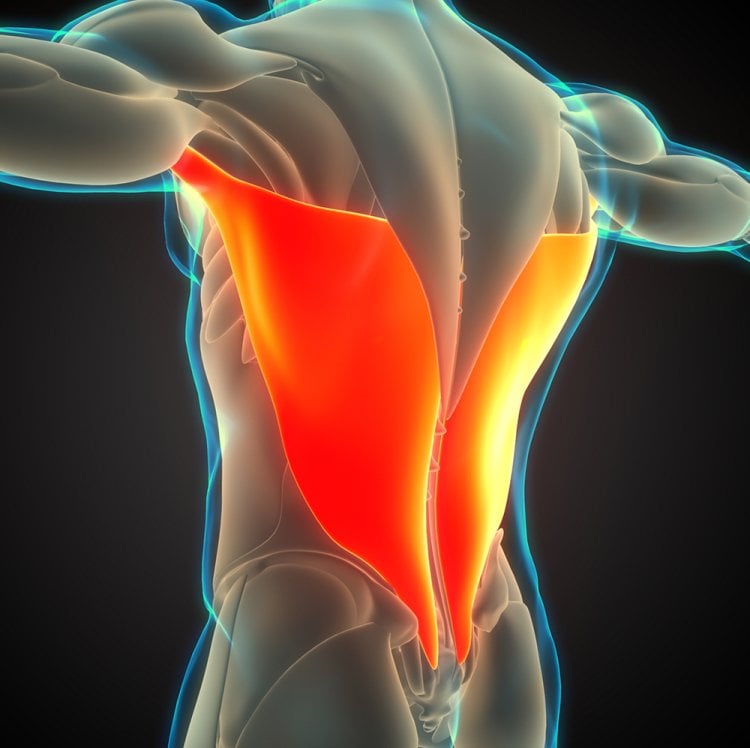

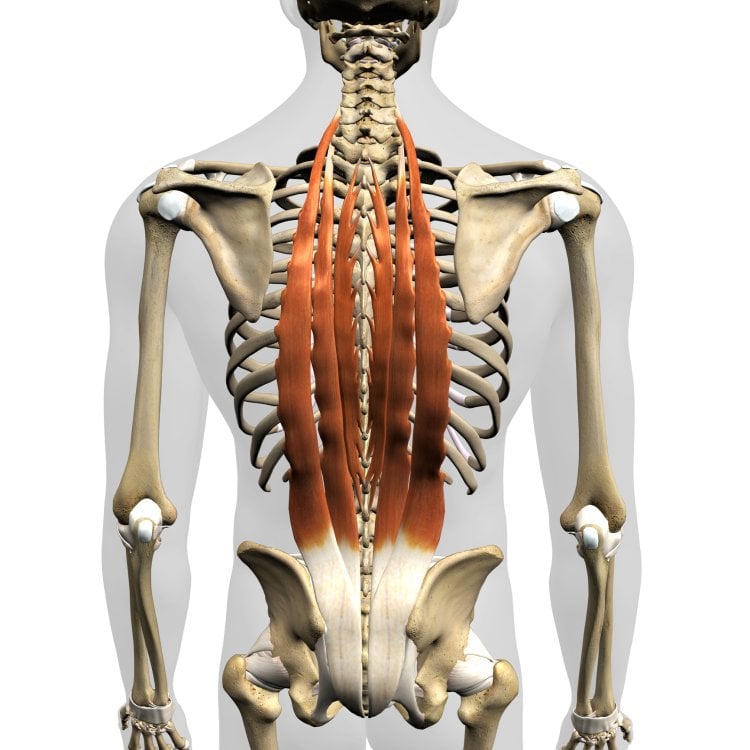
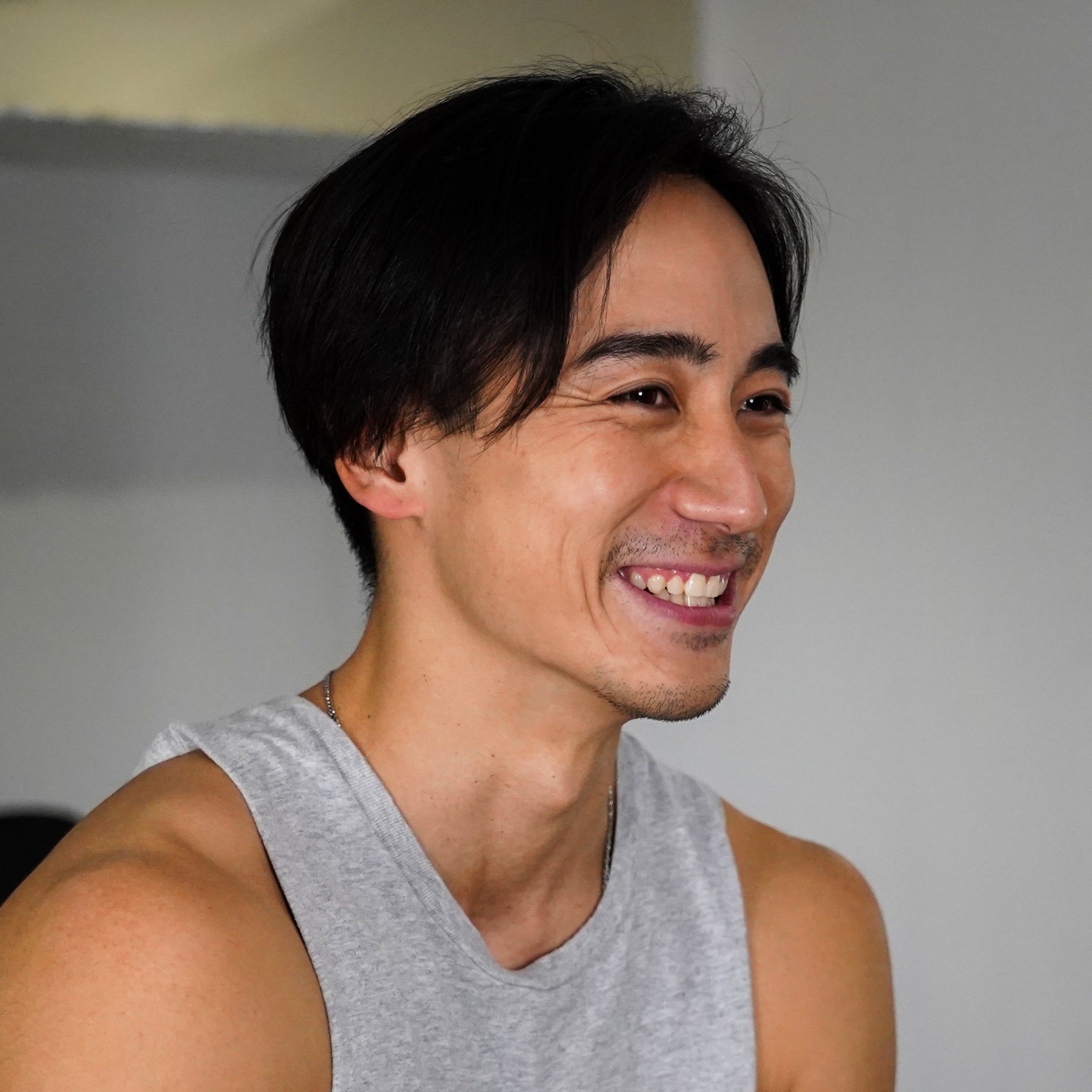
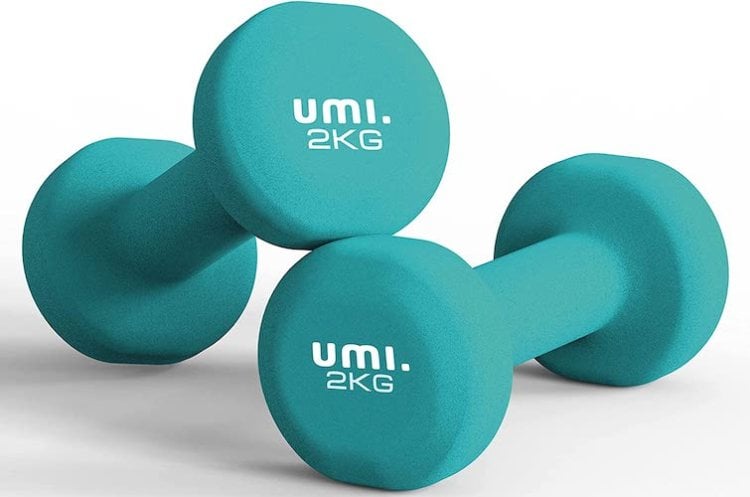

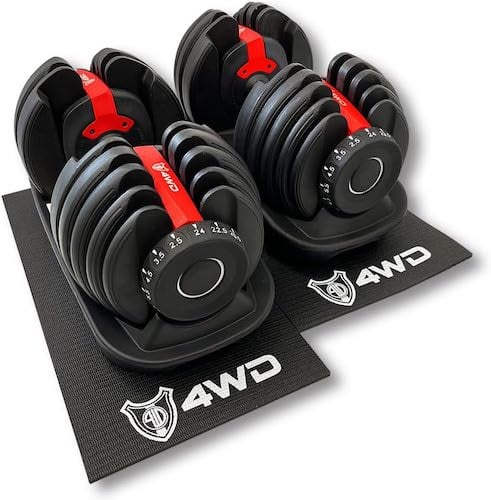
![What are the specific 5 changes that muscle training can bring to a man? [“The truth as experienced by practitioners.”]](https://otokomaeken.com/wp-content/uploads/2023/12/3ecb709c1f1613850249ba743b4b1457-630x331.jpg)
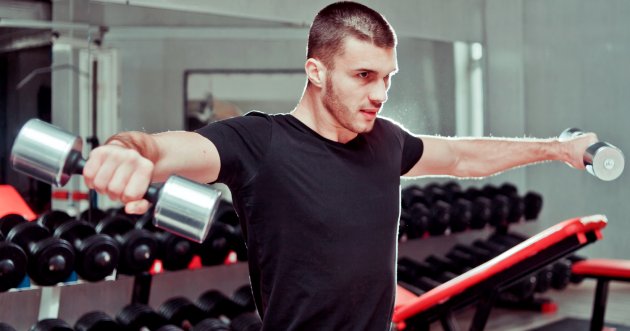
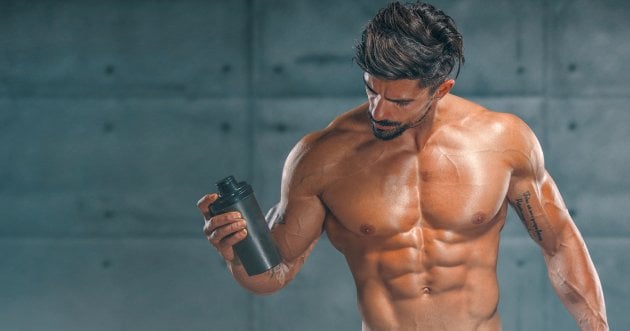
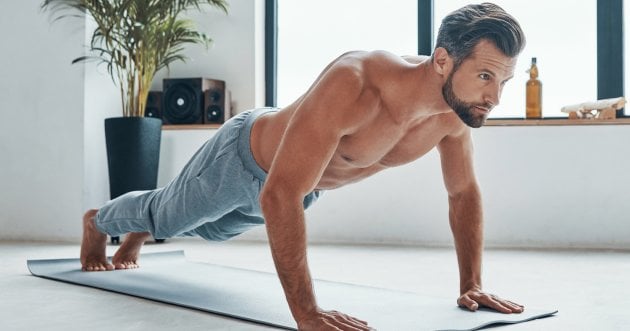
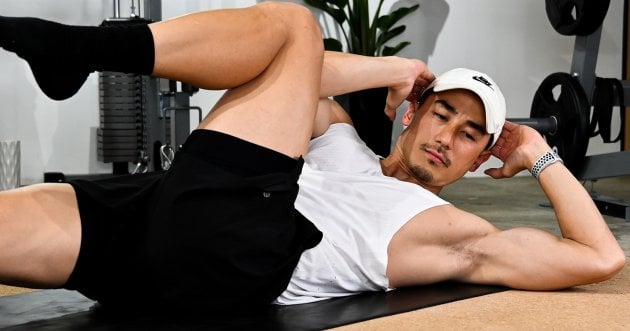

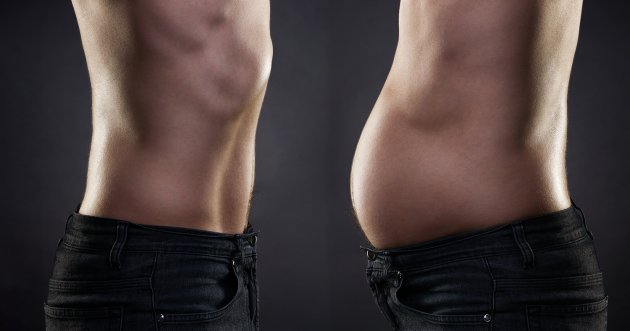
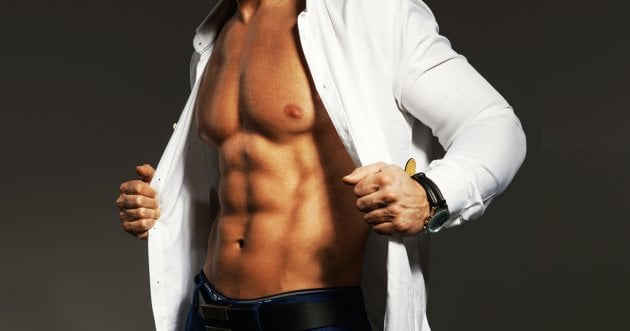
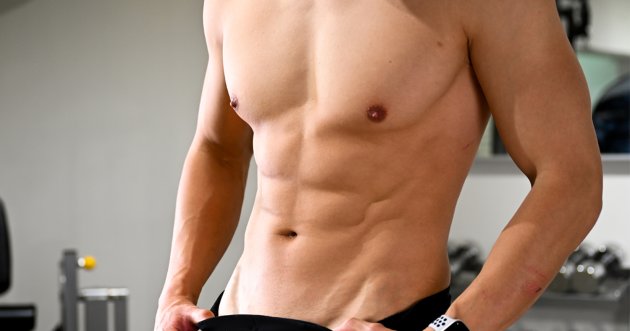
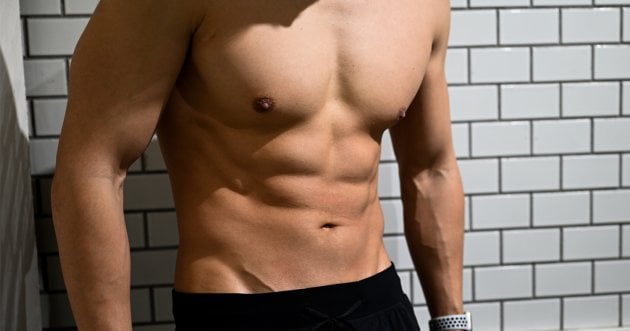
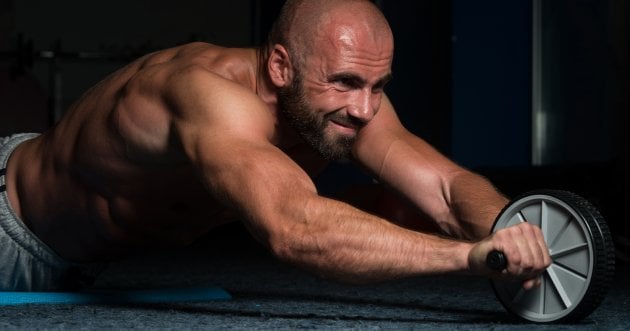
![6 self-weight menus for leg training! Effective training for toning the lower body [ supervised by a professional ].](https://otokomaeken.com/wp-content/uploads/2023/03/2232-630x331.jpg)















